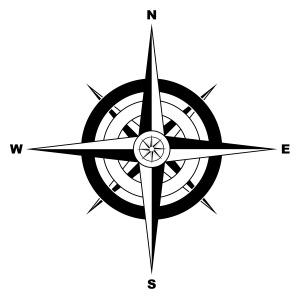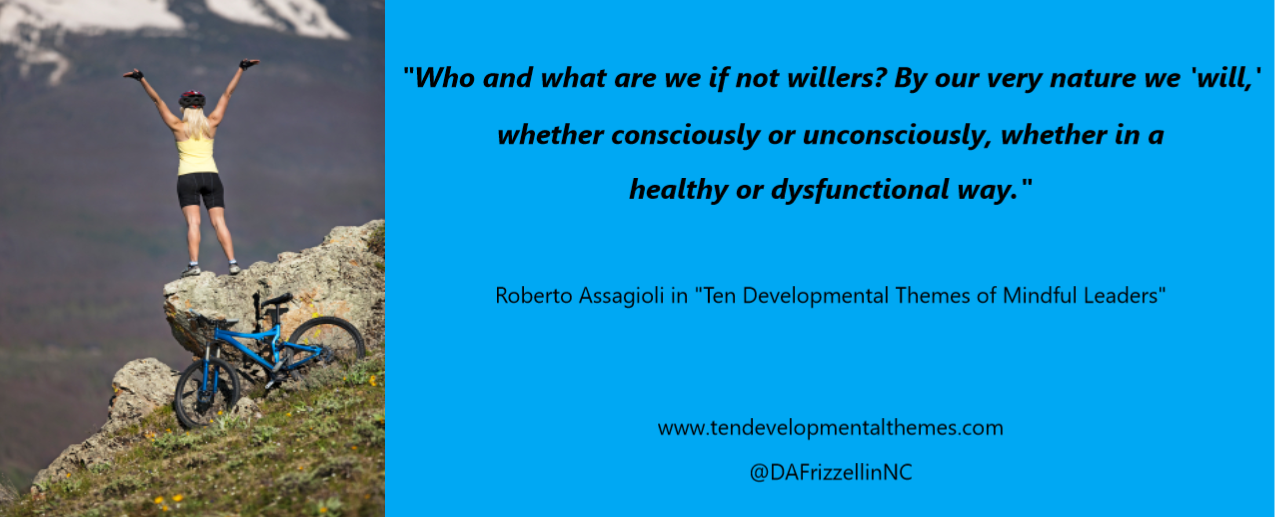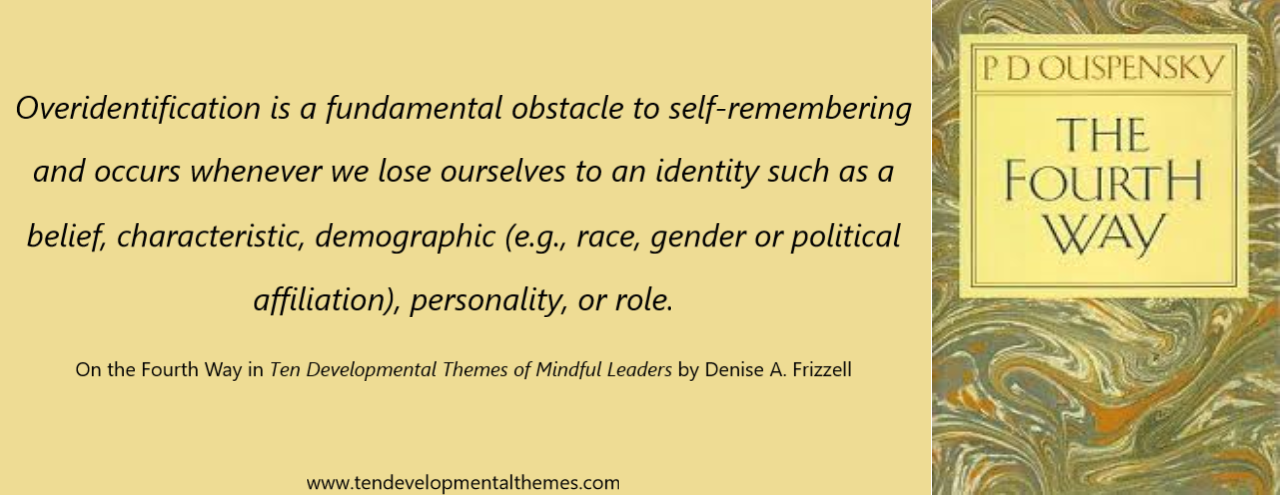
Most leaders, especially those of us interested in contributing to the “Great Transition” desire to be in “right relationship” with our family, friends, loved ones, coworkers, and hopefully, the entire Earth Community. However, many of us may find that as simple as it sounds, it is not always easy to consistently actualize. Furthermore, many of us may find that WE are our biggest obstacles! In other words, unconscious internal barriers may be hurting our relationships and hindering our capacity to fulfill our deepest desires to contribute to a better world.
These internal barriers or scripts are unconscious feeling-sensation-thought-action loops that can be activated by difficult people or circumstances (i.e., triggers). Bodily sensations and emotional responses to “triggers” happen much faster than mental responses or thoughts. In such difficult circumstances, our thoughts tend to lag behind our bodily sensations and emotional responses, and we are in danger of slipping into “automatic pilot” with our thoughts racing to catch up with justifications.
While these habitual patterns differ, there are four common scripts that leaders may recognize:
- self-absorption,
- fault-finding,
- parental-childlike patterns, and
- overidentification with ego defense
Self-absorption is an internal pattern with full attention on ME as THE reference point. Thus, my desires, thoughts, feelings, wants, comforts, etc., are all that matter. And, in this state, I will say and do anything that satisfies ME and my wants. I imagine most of us realize (when not stuck in autopilot) how destructive and hurtful this pattern can be in our lives. We can contrast this self-absorption pattern with the more desirable and helpful pattern of seeing oneself as A reference point while also considering the wants and needs of others and our world.
Fault-finding or critical mind is an internal pattern that places full attention on the faults or shortcomings of a person, place, circumstance, or space. Again, I imagine most of us can see the potential for unproductive and destructive outcomes of this script. A constructive alternative to this seductive pattern is the practice of “seeing the good” in a person, circumstance or space. This is similar to the practice of Appreciate Inquiry at group and organizational levels.
Parental and childlike states arise from collective memories or permanent recordings of unprocessed life experiences primarily from one to five years of age. The parental state is often recognizable by absolutes of “should,” “ought,” “must,” “never,” and “always.” While our childlike state is often recognizable by strong feelings of both delight and despair. While there can be positive expressions of these states and styles, Adult: Adult relationships are the aim in many professional environments (for more on this topic, please see my essay, “Using Transactional Analysis for Self-Awareness and Self-Management”).
An ego defense pattern typically arises out of an overidentification with a cherished self-identity associated with a belief, personality, role, or demographic (e.g., race, gender or political affiliation). Indications of being in a state of overidentification include feelings of defensiveness, anger, resentment, self-pity, and self-indignation.
The good news about these unhelpful and potentially hurtful internal patterns is that thanks to the neuroplasticity of our brains, we can reprogram them with constructive alternatives using practices such as the five Rs!
The five Rs to reprogram internal barriers that can hurt relationships and hinder efficacy are–recognizing, refraining, releasing, reorienting, and replacing.
- Recognizing: Recognize your internal signals of a trigger person or event which may include a tightening sensation in and around the heart or stomach, an increase in heart rate, or a rush of bodily heat.
- Refraining: Refrain from speaking or acting. Allow your internal signals to be while you mentally note them with compassion and nonjudgment.
- Releasing: Release the energy or charge with a few deep breaths while you gently shift your attention to your hands or feet. If on your hands, gently open and close them while you take your deep breaths. If on your feet, gently press them into the floor as take your deep breaths. If you can take a walk, do so while placing light attention on your feet as they make contact with the ground.
- Reorienting: Reorient your intention and attention on something or someone constructive and centering. This may be an affirmation, mantra, or value statement (e.g., May love guide me.)
- Replacing: Replace an automatic reaction with a constructive response.
However, as many of us well know (I sure do!), in a difficult moment or exchange, the Five Rs or any other tool for more constructive relating is frequently overtaken by the force of long-standing habitual patterns (i.e., the amygdala response). Thus, for this type of inner development, it is imperative to integrate highly supportive or “transformative” practices into one’s life such as concentration and mindfulness meditation . Over time, these meditation techniques help cultivate the inner witness or observer self. They also help calm the typical human “monkey mind” such that inner mental space starts to grow and offer the practitioner more time to activate the Five Rs and begin dismantling our internal barriers to right-relationship and personal efficacy.











